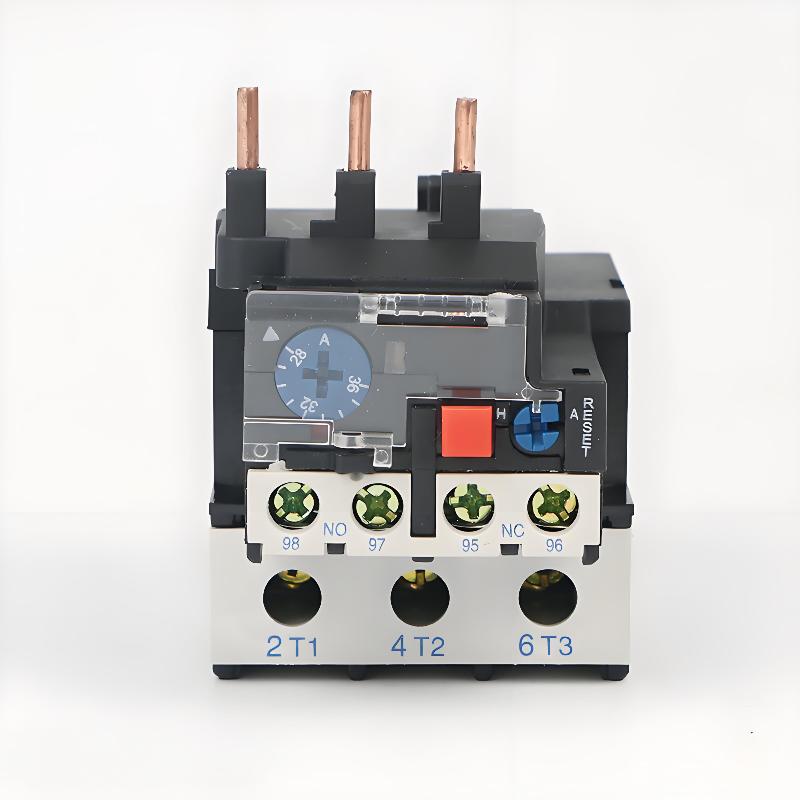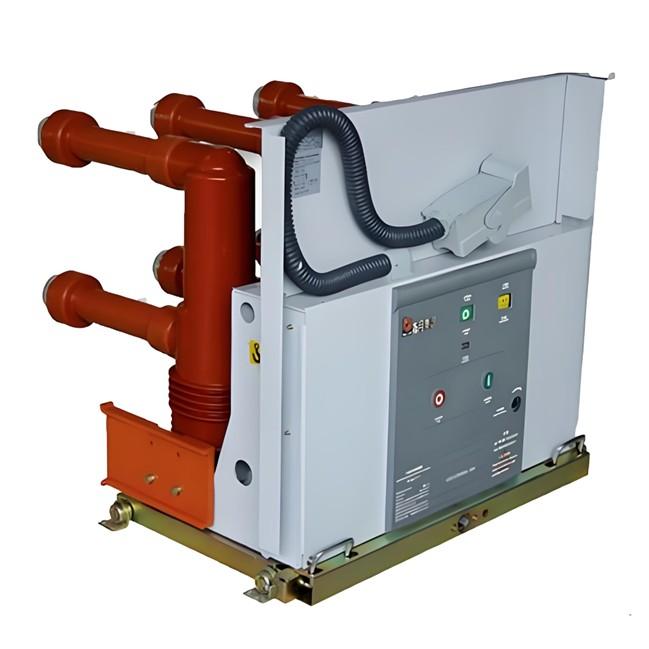Ang artikulong ito ay naglalayong magsama ng mga praktikal na halimbawa upang mapagbuti ang pamamaraan sa pagpili ng 10kV na tubular na poste ng bakal, kasama ang malinaw na pangkalahatang mga tuntunin, proseso ng disenyo, at tiyak na mga kinakailangan para sa paggamit sa disenyo at konstruksyon ng 10kV na overhead line. Ang mga espesyal na kondisyon (tulad ng mahabang saklaw o mga lugar na may malamig) ay nangangailangan ng karagdagang espesyal na pagsusuri batay sa pundasyon na ito upang matiyak ang ligtas at maasahang operasyon ng torre.
Pangkalahatang Tuntunin para sa Pagpili ng Torre ng Overhead Transmission Line
Ang masusing pagpili ng torre ng overhead line ay kailangang balansehin ang adaptabilidad sa kondisyong disenyo, ekonomiya, at safety redundancy, sumusunod sa mga core na tuntunin upang matiyak ang matatag na kapasidad sa pagbantot sa buong siklo ng buhay ng torre:
Unang Pagsusuri ng Kondisyong Disenyo
Bago ang pagpili, kailangang malinaw na ilarawan ang mga pangunahing parametro ng disenyo, kasama ang disenyo ng kapal ng yelo para sa mga conductor at ground wires, reference design wind speed (ayon sa teritoryong B), at seismic response spectrum characteristic period. Para sa mga espesyal na lugar (hal. mataas na altitude, malakas na hangin), kailangang idagdag ang lokal na climatic correction factors upang iwasan ang overloading ng torre dahil sa nawawalang mga parameter.
Prinsipyo ng Ekonomiko na Optimisasyon
Ang mga standard na uri at taas ng torre ay dapat ibigay ang prayoridad upang makamit ang pinakamataas na paggamit ng rated load capacity ng torre at bawasan ang mga custom designs. Para sa strain towers na may malaking turning angle, optimisin ang posisyon upang bawasan ang taas ng torre. I-combine ang mataas at mababang torres ayon sa mga tampok ng terreno upang iwasan ang paggamit ng mataas na torres sa buong linya, na siya namang magwawasto ng mga gastos.
Mga Kinakailangang Pagsusuri ng Safety Load
Straight-line Towers: Ang lakas ay kontrolado ng pangunahing kondisyong malakas na hangin; kinakailangan ng pagsusuri ng bending moment at deflection ng katawan ng torre sa ilalim ng maximum wind speed.
Strain Towers (Tension Towers, Angle Towers): Ang lakas at estabilidad ay nakasalalay sa tension ng conductor; ang turning angle at maximum usage tension ng conductor ay dapat mahigpit na kontrolin. Ang structural strength ay dapat irecalculate kung lumampas sa limitasyon ng disenyo.
Espesyal na Kondisyon: Kapag in-transpose ang mga conductor, siguruhin na ang electrical clearance ay sumasang-ayon sa mga code requirements pagkatapos ng insulator string deflection. Kapag ginamit ang mas mataas na voltage grade steel tower, kumpirmahin na ang ground wire protection angle ay sumasang-ayon sa lightning protection requirements. Kapag ang crossarm ng strain tower ay lumayo sa angle bisector, parehong lakas ng torre at electrical safety distance ang dapat ipagsusuri.
Standard na Proseso ng Pagpili ng Torre
Upang matiyak ang rationality at kaligtasan, sundin ang sumusunod na 7-step systematic design process upang mabuo ang isang closed-loop selection logic:
Determination ng Meteorological Zone: Batay sa meteorological data ng lokasyon ng proyekto, tukuyin ang meteorological zone (hal. kapal ng yelo, maximum wind speed, extreme temperature) bilang pundasyon para sa load calculation.
Screening ng Conductor Parameter: Tukuyin ang uri ng conductor (hal. ACSR, aluminum-clad steel-cored aluminum), bilang ng circuit, at safety factor (karaniwang hindi bababa sa 2.5).
Matching ng Stress-Sag Table: Batay sa napiling meteorological parameters at uri ng conductor, kuha ang corresponding conductor stress-sag relationship table upang tukuyin ang applicable span range.
Preliminary Tower Type Selection: Batay sa classification ng torre (straight-line pole, strain tower) at tower load limit tables, preliminar na screen ang mga uri ng torre na sumasang-ayon sa span at cross-section requirements.
Design ng Tower Head at Crossarm: Batay sa regional line layout characteristics (hal. single-circuit/double-circuit, presence of low-voltage lines on the same pole), pumili ng tower head configuration (hal. 230mm, 250mm tower head) at crossarm specifications.
Selection ng Insulator: Ayon sa altitude (ang insulation level ay dapat ikonsidera kung higit sa 1000m) at environmental pollution level (hal. industrial areas are pollution level III), tukuyin ang uri ng insulator (hal. porcelain, composite) at bilang ng units.
Determination ng Foundation Type: Batay sa geological survey reports (soil bearing capacity, groundwater level), technical parameters ng torre, at foundation force verification results, pumili ng stepped, bored pile, o steel pipe pile foundations.
Especial na Mga Prinsipyo ng Disenyo para sa 10kV Steel Tubular Poles
Para sa mga katangian ng 10kV overhead line, ang disenyo ng steel tubular pole ay kailangang sumunod sa mga teknikal na kinakailangan, balansin ang structural stability at convenience ng konstruksyon:
3.1 Basic Parameters at Application Scope
Span Limit: Para sa straight steel tubular poles, horizontal span Lh ≤ 80m, vertical span Lv ≤ 120m.
Conductor Compatibility: Maaaring dala ang aluminum conductor insulated lines tulad ng JKLYJ-10/240 o ibaba, ACSR tulad ng JL/G1A-240/30 o ibaba, aluminum-clad steel-cored aluminum tulad ng JL/LB20A-240/30 o ibaba.
Wind Pressure Coefficient: Ang wind pressure height change coefficient ay uniformly calculated according to terrain category B (hal. wind pressure coefficient 1.0 sa 10m height, 1.2 sa 20m height).
3.2 Structure at Material Requirements
Pole Body Design:
➻ Sectioning Rule: 19m pole in 2 sections, 22m pole in 3 sections; sections connected by flanges (flanges must be machined from solid steel plate, splicing prohibited).
➻ Cross-Section Form: Main pole is a 16-sided regular polygon cross-section, taper uniformly 1:65.
➻ Deflection Control: Under long-term load combination (no ice, wind speed 5m/s, annual average temperature), maximum top deflection ≤ 5‰ of pole height.
➻ Force Calculation Point: Design values and standard values of bending moment, horizontal force, and downward force at the base are all calculated at the bottom flange connection of the steel tubular pole.
Material Standards:
➼ Main Pole and Crossarm: Use Q355 grade steel, material quality not lower than Class B, material certification must be provided.
➼ Corrosion Protection: Entire pole (including main pole, crossarm, accessories) uses hot-dip galvanizing process; galvanizing thickness requirements: minimum ≥70μm, average ≥86μm; adhesion test required after galvanizing (grid method with no peeling).
3.3 Foundation at Connection Design
Foundation Types: Supports stepped, bored pile, and steel pipe pile foundations; selection must consider:
➬ Groundwater Level: In presence of groundwater, soil buoyant unit weight and foundation buoyant unit weight must be used in bearing capacity calculation to avoid buoyancy effects.
➬ Frost Heave Soil Areas: Foundation embedment depth must be below local frost depth (e.g., ≥1.5m in Northeast China).
Connection Requirements:
➵ Anchor Bolts: Use high-quality No. 35 carbon steel, strength grade ≥5.6; bolt diameter and quantity must match flange forces (e.g., 19m pole with 8 sets of M24 bolts).
➵ Installation Process: Steel tubular pole is rigidly connected to foundation via anchor bolts; bolt tightening torque must meet design requirements (e.g., M24 bolt torque ≥300N·m).
Halimbawa ng 10kV Straight Steel Tubular Pole Selection
Ang 10kV straight steel tubular poles ay nakaklasipika ayon sa laki ng tower head at application scenario. Ang mga core selection examples ay kasunod, kasama ang typical conditions para sa single-circuit at double-circuit lines:
4.1 230mm Tower Head Series Steel Tubular Poles
Pole Lengths: 19m, 22m;
Application: 10kV single-circuit line, no low-voltage line on same pole;
Conductor Compatibility: Conductors with cross-section ≤240mm² (e.g., JKLYJ-10/120, JL/G1A-240/30);
Span Limit: Horizontal span ≤80m, vertical span ≤120m;
Structural Features: Tower head horizontal spacing 800mm, longitudinal spacing 2200mm, crossarm uses single-arm layout (compatible with single-circuit conductors).
4.2 250mm Tower Head Series Steel Tubular Poles
Pole Lengths: 19m, 22m;
Application: 10kV double-circuit line, no low-voltage line on same pole;
Conductor Compatibility: Each circuit carries conductors with cross-section ≤240mm² (e.g., double-circuit JL/LB20A-240/30);
Span Limit: Horizontal span ≤80m, vertical span ≤120m;
Structural Features: Tower head horizontal spacing 1000mm, longitudinal spacing 2200mm, crossarm uses symmetrical double-arm layout (compatible with double-circuit conductors, avoiding phase interference).






















